Are these arborvitae drowning or dying of thirst?
7 years ago
last modified: 7 years ago
Featured Answer
Sort by:Oldest
Comments (14)
- 7 years ago
- 7 years ago
Related Professionals
Canton Landscape Architects & Landscape Designers · Woodinville Landscape Architects & Landscape Designers · Stoughton Landscape Contractors · Battle Ground Landscape Contractors · Camp Verde Landscape Contractors · Downey Landscape Contractors · Framingham Landscape Contractors · Lorain Landscape Contractors · Madera Landscape Contractors · Mason Landscape Contractors · Severna Park Landscape Contractors · Shoreview Landscape Contractors · Vancouver Landscape Contractors · Reisterstown Landscape Contractors · Maple Heights Landscape Contractors- 7 years ago
- 7 years ago
- 7 years ago
- 7 years ago
- 7 years ago
- 7 years ago
- 7 years ago
- 7 years agolast modified: 7 years ago
Related Stories

GARDENING GUIDESGarden Myths to Debunk as You Dig This Fall and Rest Over Winter
Termites hate wood mulch, don’t amend soil for trees, avoid gravel in planters — and more nuggets of garden wisdom
Full Story
LIFEThe Polite House: How to Deal With Noisy Neighbors
Before you fly off the handle, stop and think about the situation, and follow these steps to live in harmony
Full Story
WORKING WITH PROSWhat Do Landscape Architects Do?
There are many misconceptions about what landscape architects do. Learn what they bring to a project
Full Story
HOUSEKEEPING10 Things Neat Freaks Know to Be True
Do you err on the incredibly tidy side? Then you probably already live by these nuggets of neat wisdom
Full Story


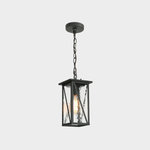



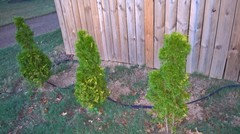

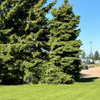
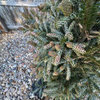
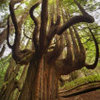
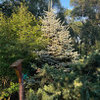

wisconsitom